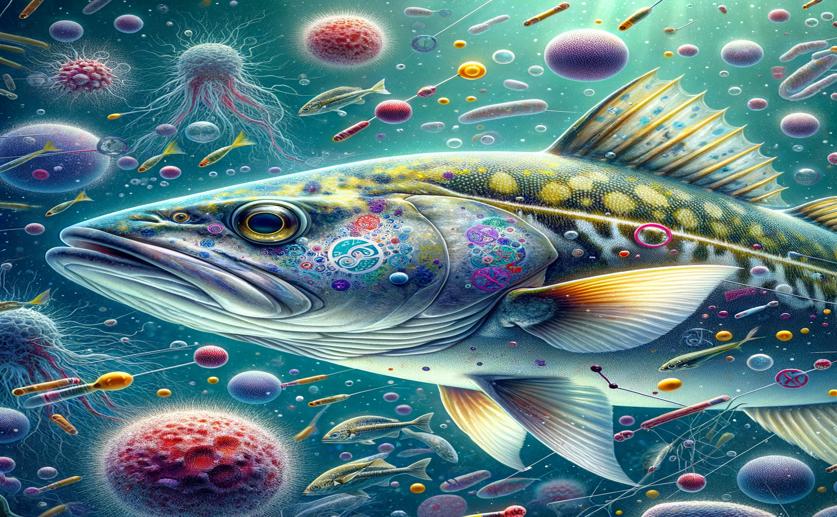
Comprehensive Study of Immune Genes and Antibody Diversity in Atlantic Cod
Greg Howard
4th July, 2024

Image Source: Natural Science News, 2024
Key Findings
- The study by the University of Oslo focused on the immune system of the Atlantic cod, which lacks the typical MHCII pathway crucial for T cell-dependent antibody responses
- Despite this deficiency, the Atlantic cod has evolved unique mechanisms to mount an effective immune response, including a diverse antibody repertoire
- The findings provide insights into the adaptability and evolution of vertebrate immune systems, potentially informing new strategies for disease management in other species, including humans
References
Main Study
1) Systematic characterization of immunoglobulin loci and deep sequencing of the expressed repertoire in the Atlantic cod (Gadus morhua)
Published 3rd July, 2024
https://doi.org/10.1186/s12864-024-10571-0
Related Studies
2) Origin and evolution of the adaptive immune system: genetic events and selective pressures.
3) Teleost skin, an ancient mucosal surface that elicits gut-like immune responses.
4) A novel chimeric Ig heavy chain from a teleost fish shares similarities to IgD.
Journal: Proceedings of the National Academy of Sciences of the United States of America, Issue: Vol 94, Issue 9, Apr 1997



 20th March, 2024 | Greg Howard
20th March, 2024 | Greg Howard